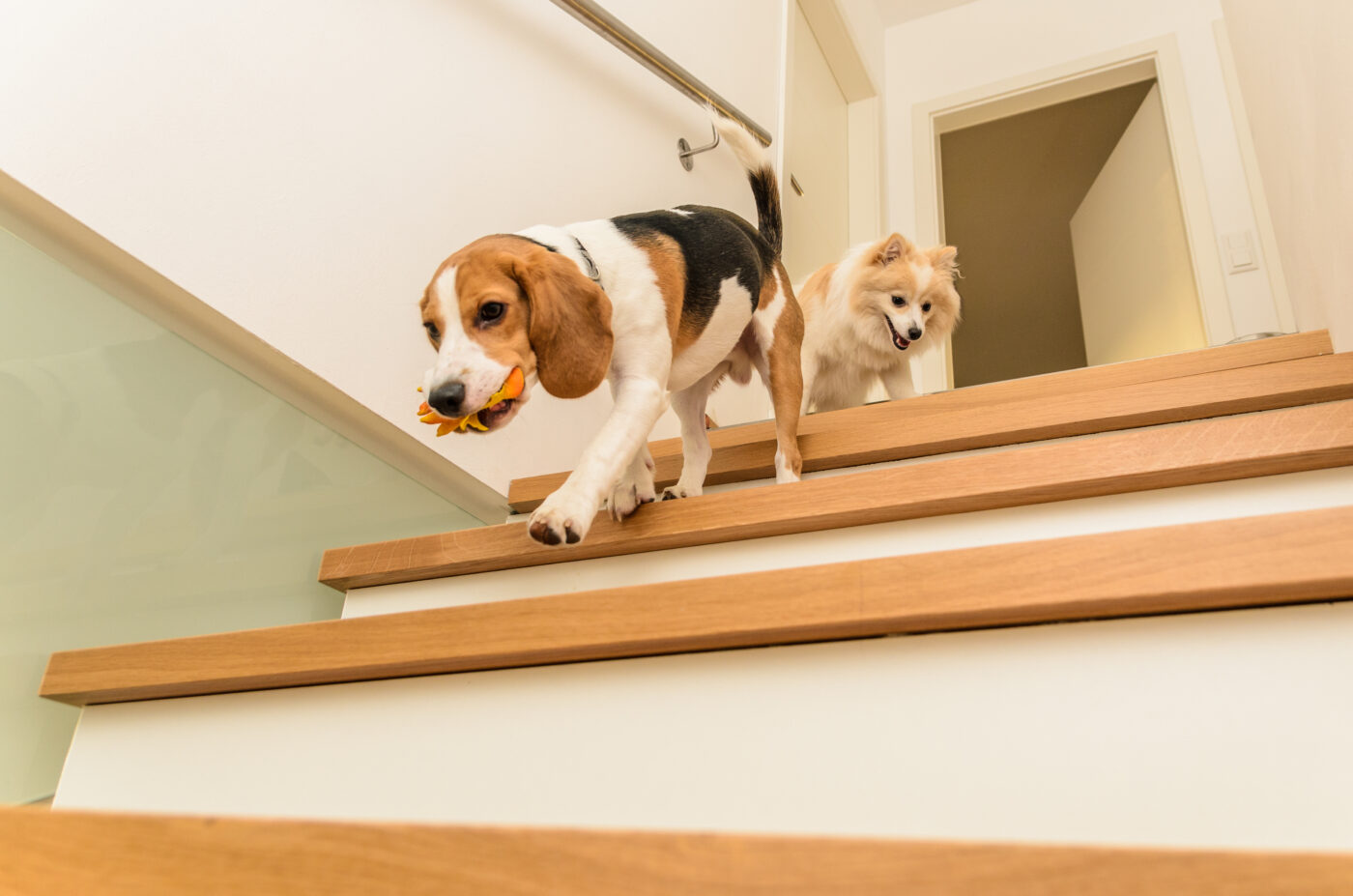 Shutterstock
Shutterstock
If you’ve ever watched your dog pause at the bottom of a staircase, hesitating or refusing to climb, you may have wondered why such a seemingly simple task can cause such anxiety. While some dogs bound up and down stairs without a second thought, others appear downright terrified by them. This fear may seem puzzling, but the truth is there are some reasons why some dogs are afraid of stairs. The reasons behind this fear are more varied—and surprising—than you might think.
Lack of Early Exposure
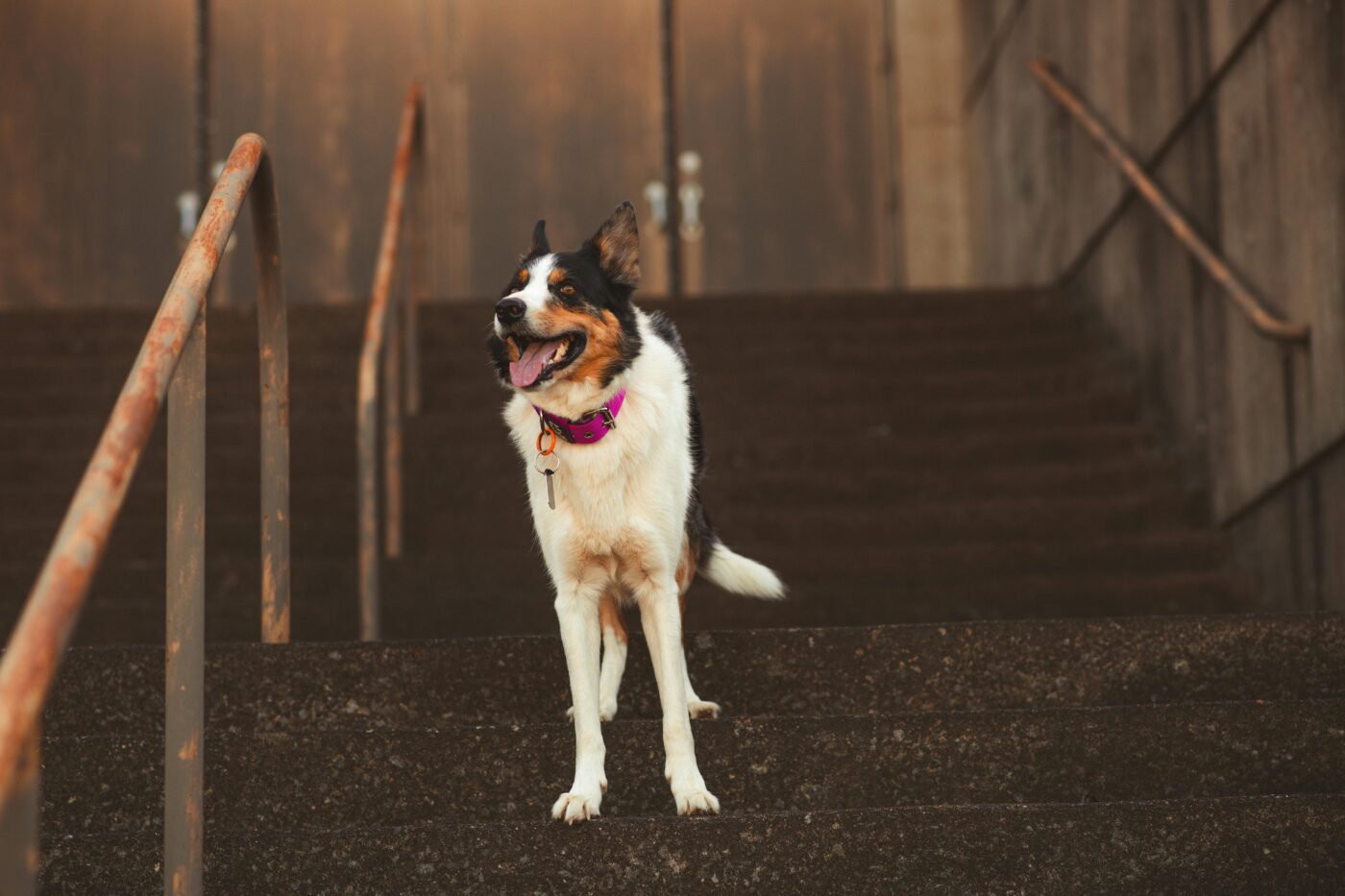 Shutterstock
Shutterstock
One of the most common reasons dogs fear stairs is a simple lack of exposure during their formative years. Puppies go through critical developmental stages where they learn about the world around them. If stairs weren’t part of a dog’s environment during this period, they may not know how to navigate them properly. Without the experience of climbing stairs at a young age, older dogs can find the movement of going up or down a staircase unfamiliar and intimidating. For dogs who didn’t grow up around stairs, it’s not just fear—it’s uncertainty.
Fear of Heights
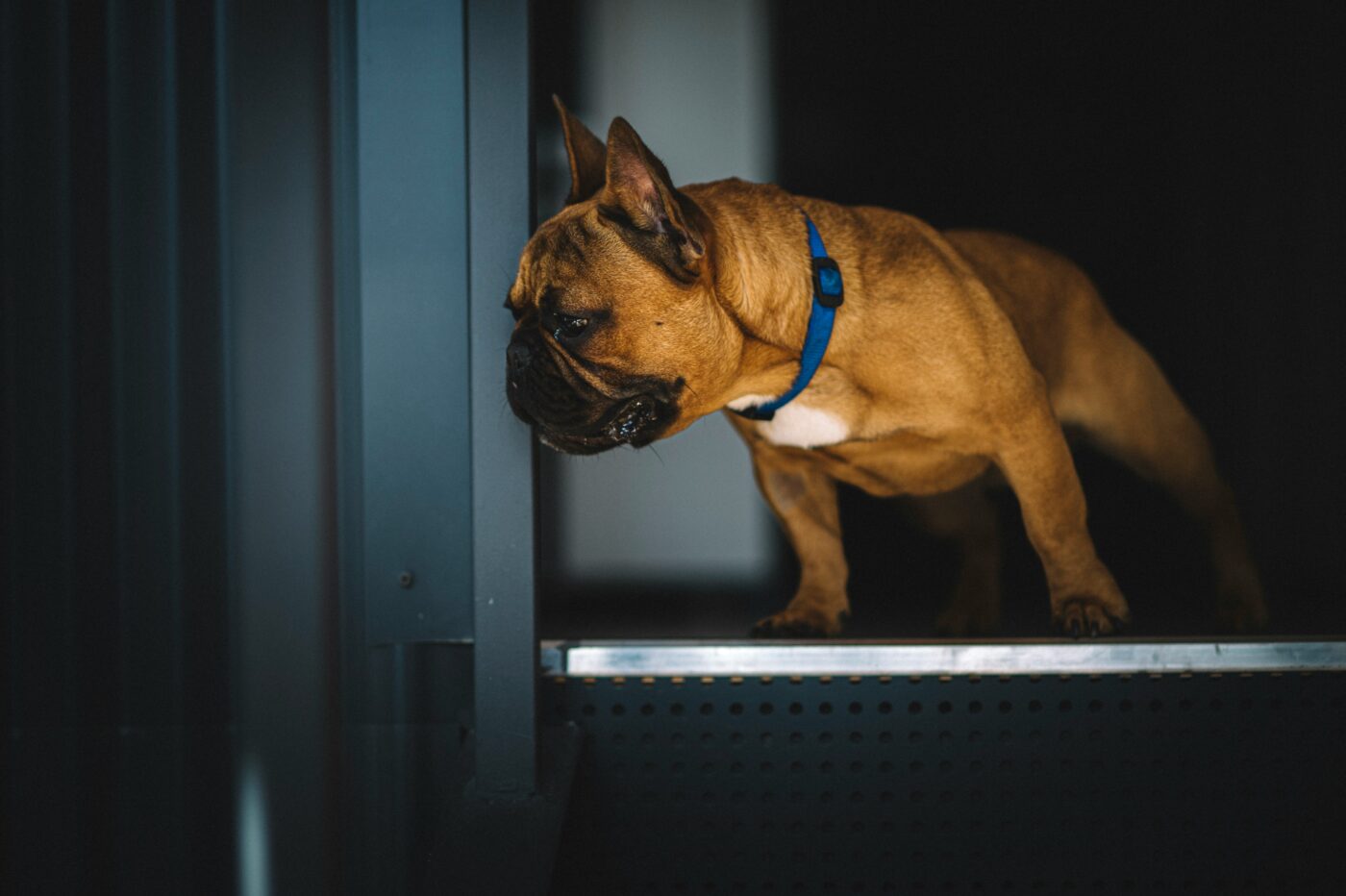 Shutterstock
Shutterstock
While it might sound strange, some dogs are actually afraid of heights, and stairs can trigger this fear. From a dog’s perspective, climbing stairs might feel like a precarious task, especially with steep or tall staircases. The fear of falling or not having a solid grasp on the ground below can make some dogs anxious. This is particularly true for small breeds, who may feel more vulnerable as they ascend higher. A dog’s instinct to avoid danger can make them hesitant to climb, especially if the staircase seems steep or unstable from their point of view.
Poor Vision or Depth Perception
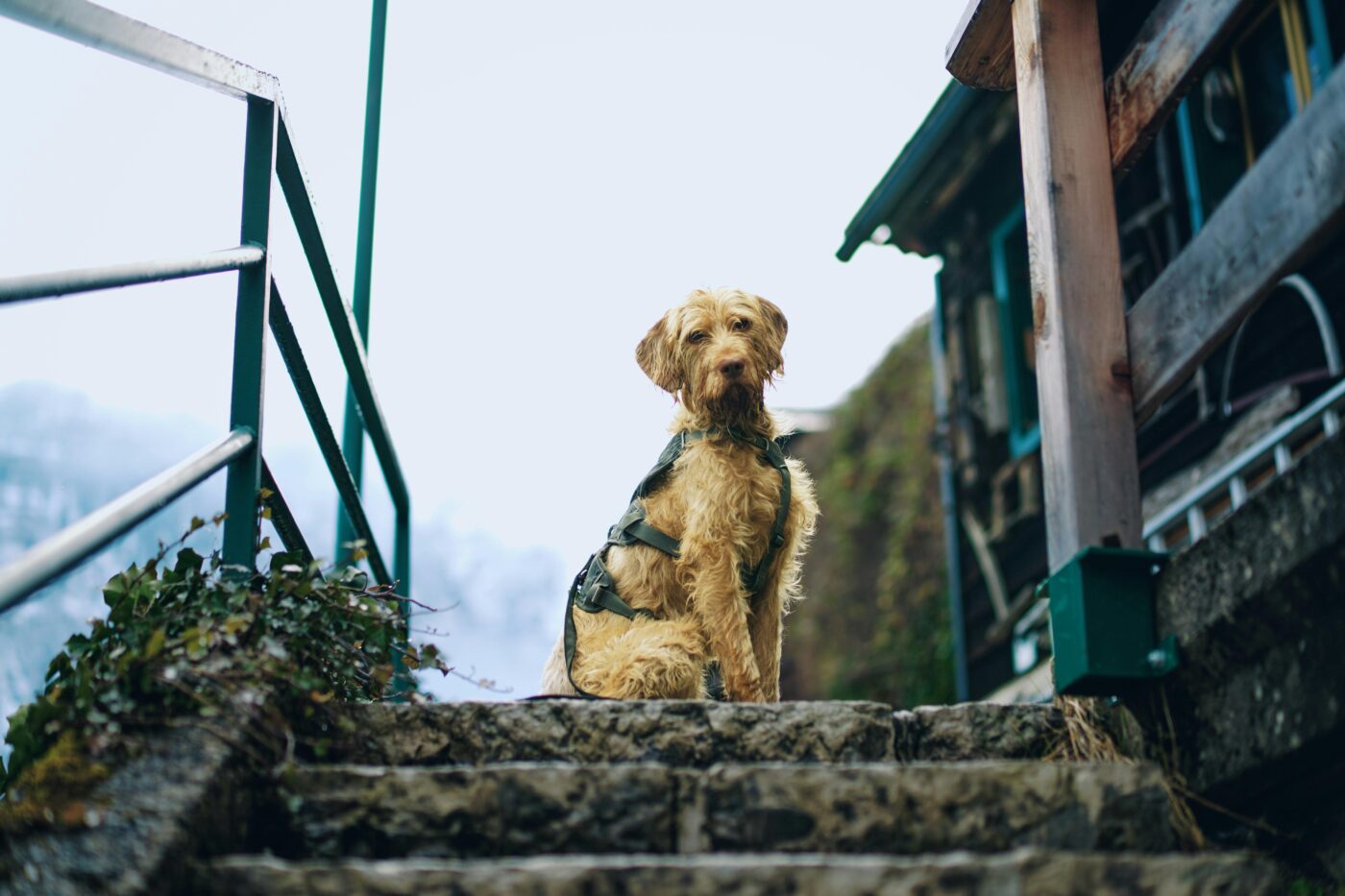 Shutterstock
Shutterstock
Dogs with poor vision or issues with depth perception may struggle with stairs because they can’t accurately judge the distance between steps. Dogs with vision impairments may not see the edges of the stairs clearly, making them wary of tripping or falling. Similarly, dogs that have trouble with depth perception may find it difficult to gauge how far apart the steps are, making the act of climbing or descending feel unsafe. This is particularly common in older dogs or breeds prone to eye problems, such as cataracts or glaucoma.
Joint Pain or Mobility Issues
 Shutterstock
Shutterstock
Dogs with joint pain or mobility issues may fear stairs because climbing them is physically uncomfortable or painful. Conditions like arthritis, hip dysplasia, or spinal problems can make it difficult for dogs to move up and down stairs. Over time, they may associate the pain with the stairs themselves, leading to avoidance out of fear of discomfort. Larger breeds, in particular, are more prone to these types of mobility issues, and the repeated movement of climbing stairs can put extra strain on their joints, exacerbating their fear.
Previous Negative Experiences
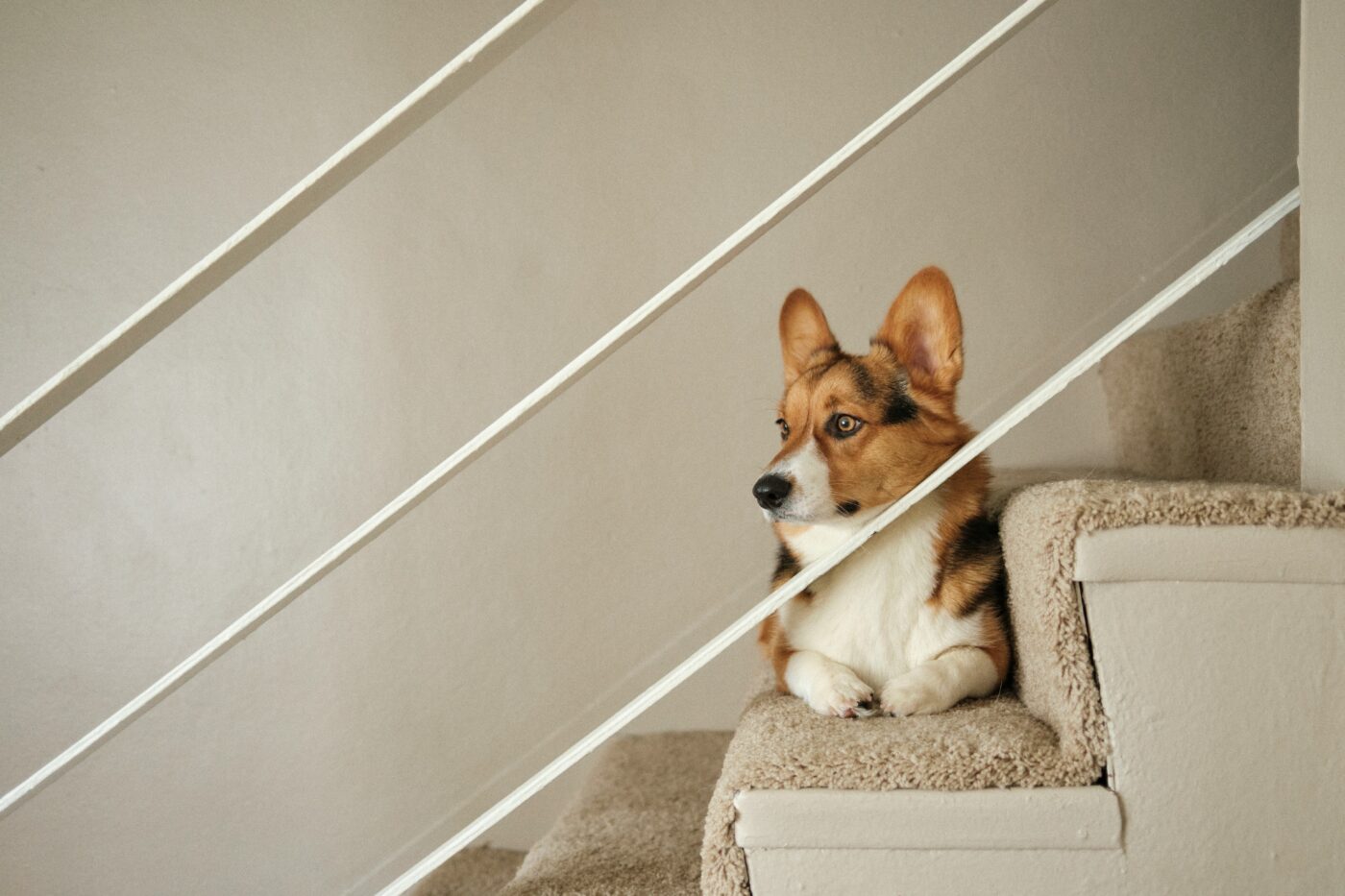 Shutterstock
Shutterstock
A dog’s fear of stairs may stem from a previous negative experience. If a dog has ever slipped, fallen, or stumbled on stairs in the past, they may associate stairs with danger or injury. Even one bad fall can create a lasting fear, especially if the experience was particularly frightening or painful. This fear can be compounded if the dog is already nervous about stairs to begin with. Dogs have strong memories, and if they’ve been hurt or scared on stairs, they may be extremely hesitant to try again.
Instinctual Fear of Uneven Ground
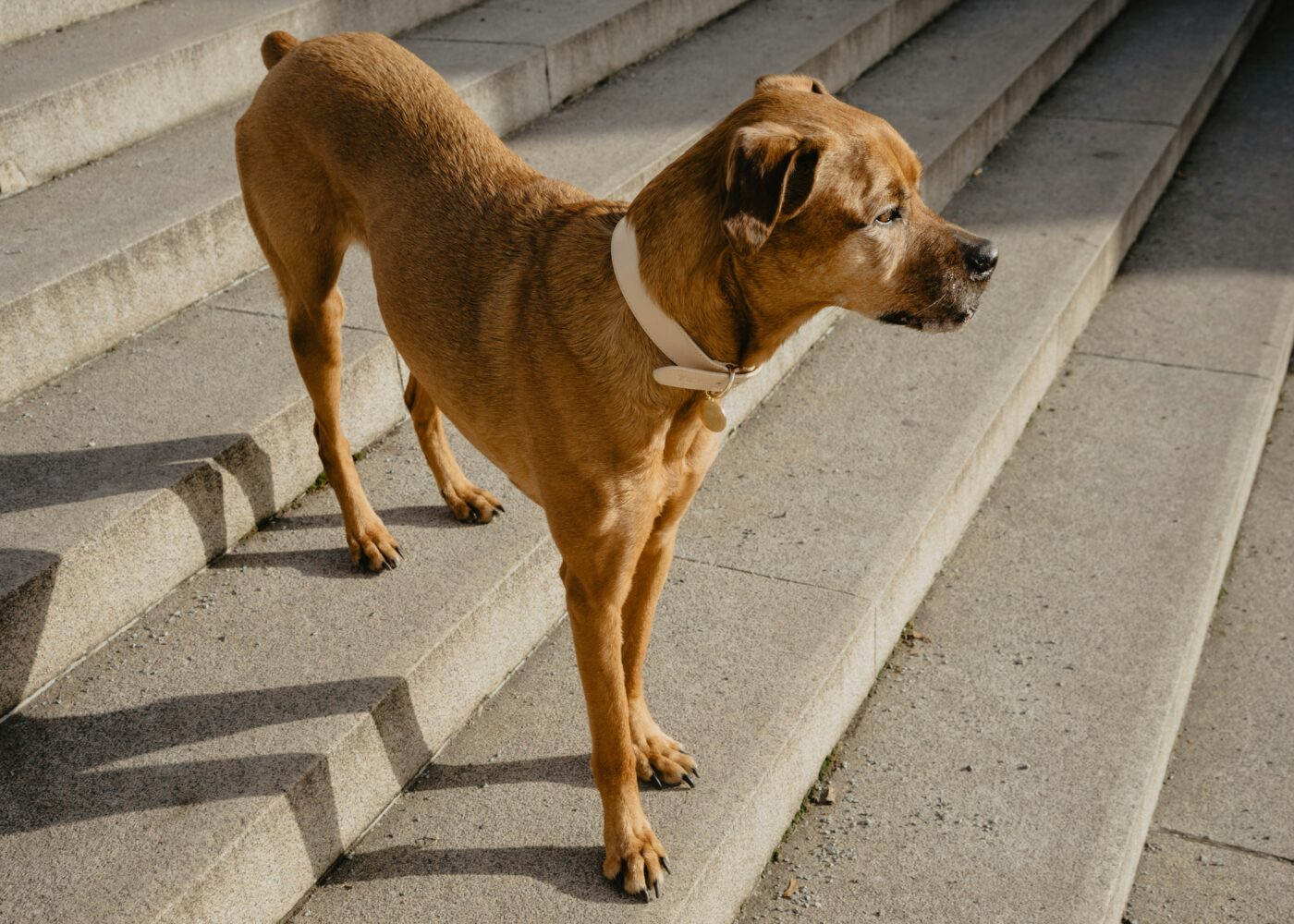 Shutterstock
Shutterstock
Some dogs instinctively fear uneven ground, and stairs can trigger this response. In the wild, uneven terrain can be dangerous, and dogs are naturally cautious when faced with unfamiliar or unsteady surfaces. Stairs present a unique challenge because they require dogs to navigate a series of different levels, which can feel unnatural to them. This instinct to avoid unstable ground can make some dogs overly cautious or fearful when faced with a staircase, which goes against their natural inclination for stable footing.
Breed-Specific Tendencies
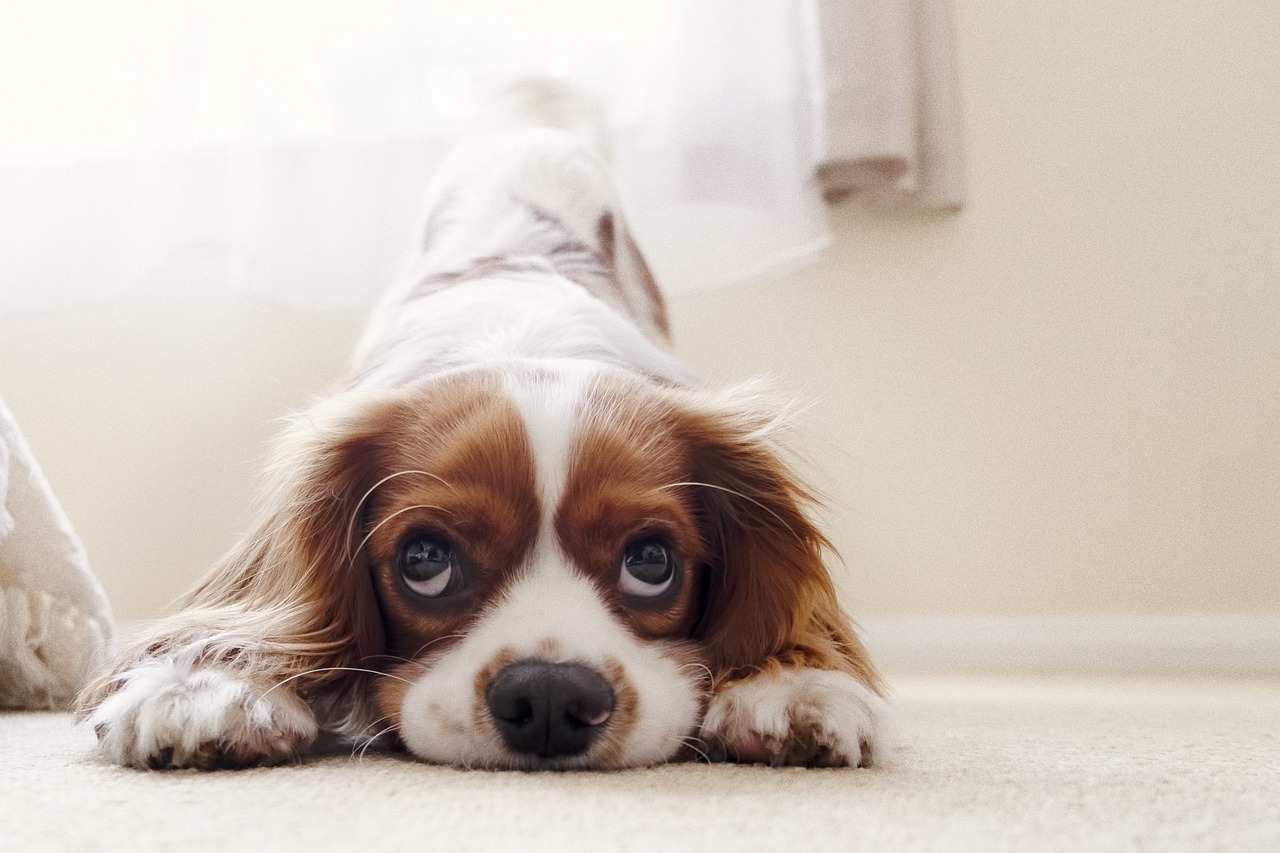 Shutterstock
Shutterstock
Certain breeds are more likely to fear stairs due to their physical structure or temperament. For example, dogs with long backs and short legs, such as Dachshunds and Corgis, may find stairs particularly difficult to navigate because their bodies aren’t built for that type of movement. These breeds are more prone to back problems, and the strain of climbing stairs can exacerbate this issue, leading to fear. Similarly, more anxious or cautious breeds may be naturally more fearful of new or unfamiliar challenges, making stairs seem like a significant obstacle.
Lack of Confidence
 Shutterstock
Shutterstock
A lack of confidence can also cause some dogs to fear stairs. Dogs that are naturally shy, timid, or unsure of themselves may be more prone to developing fears of certain tasks, such as climbing stairs. These dogs may hesitate, stop, or even refuse to climb stairs without the confidence to tackle new challenges. Confidence-building exercises, such as positive reinforcement training, can help these dogs gain the self-assurance they need to conquer stairs. Still, their initial fear is often rooted in uncertainty about their own abilities.
Anxiety Over Slippery Surfaces
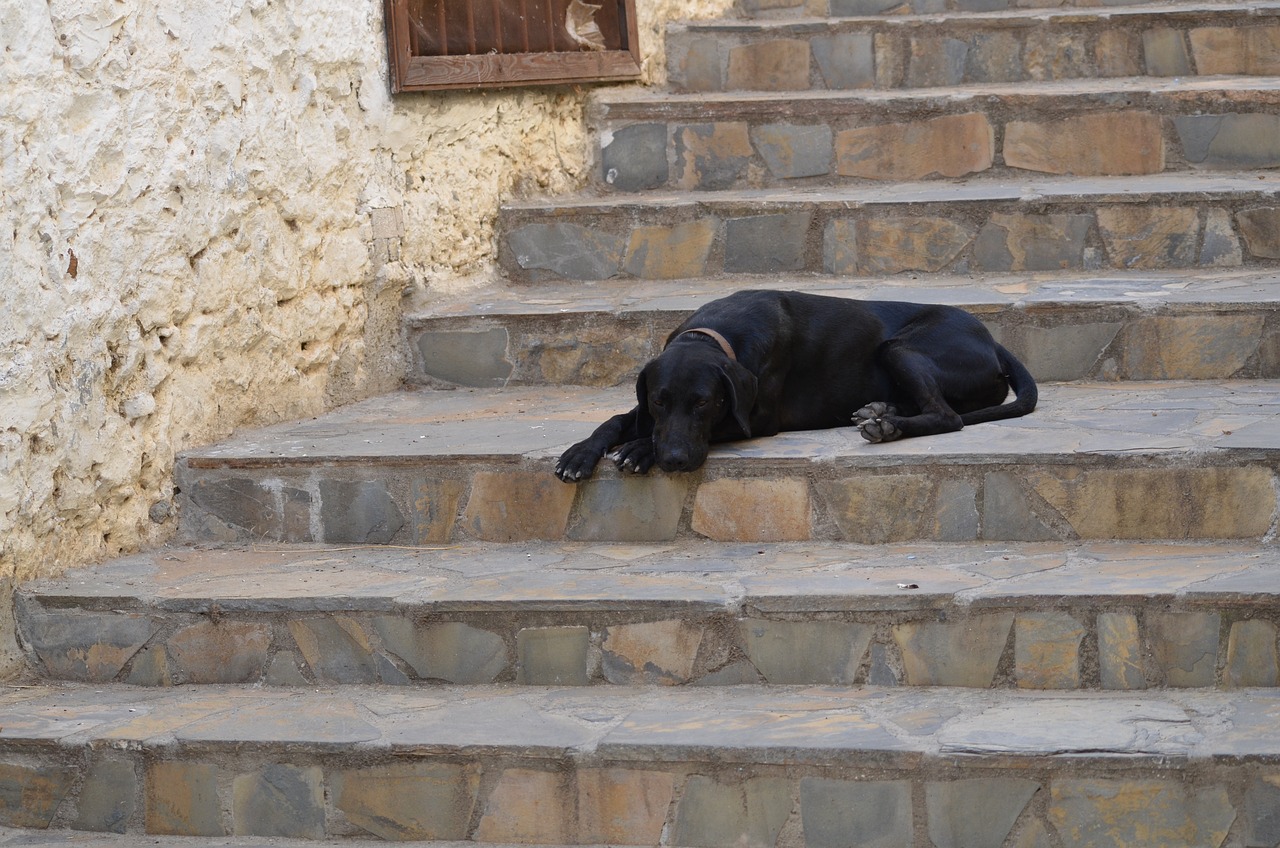 Shutterstock
Shutterstock
Some dogs fear stairs because they find them too slippery, especially if the steps are made of hardwood, tile, or other slick materials. Dogs rely on their paws for traction; if they can’t get a good grip, they may become anxious about slipping and falling. This fear can be particularly strong in dogs who have had a bad experience slipping on stairs. Even if the surface isn’t particularly slick, the sensation of sliding can make stairs seem treacherous to dogs, leading to avoidance or fear.
Fear of Small, Tight Spaces
 Shutterstock
Shutterstock
Stairs can feel like a trap for claustrophobic or anxious dogs in small, confined spaces. If the staircase is narrow or enclosed by walls, dogs may feel trapped or unable to escape. This fear of small spaces, known as claustrophobia, can make stairs seem overwhelming, especially for dogs that prefer open, wide areas. Dogs with this fear may hesitate at the bottom of the stairs, refusing to enter what they perceive as a tight, dangerous space. This fear is more common in breeds that are naturally more anxious or independent.
Cognitive Decline in Older Dogs
 Shutterstock
Shutterstock
As dogs age, they may experience cognitive decline, similar to dementia in humans. This condition, known as canine cognitive dysfunction, can cause confusion, memory loss, and fear of unfamiliar tasks. Stairs may become one of those unfamiliar tasks, even if the dog has used them for years without issue. Older dogs may forget how to navigate stairs or become disoriented halfway up, leading to hesitation or fear. This decline in cognitive function can make even routine tasks like climbing stairs seem overwhelming or frightening to an aging dog.
Mistrust of Vertical Spaces
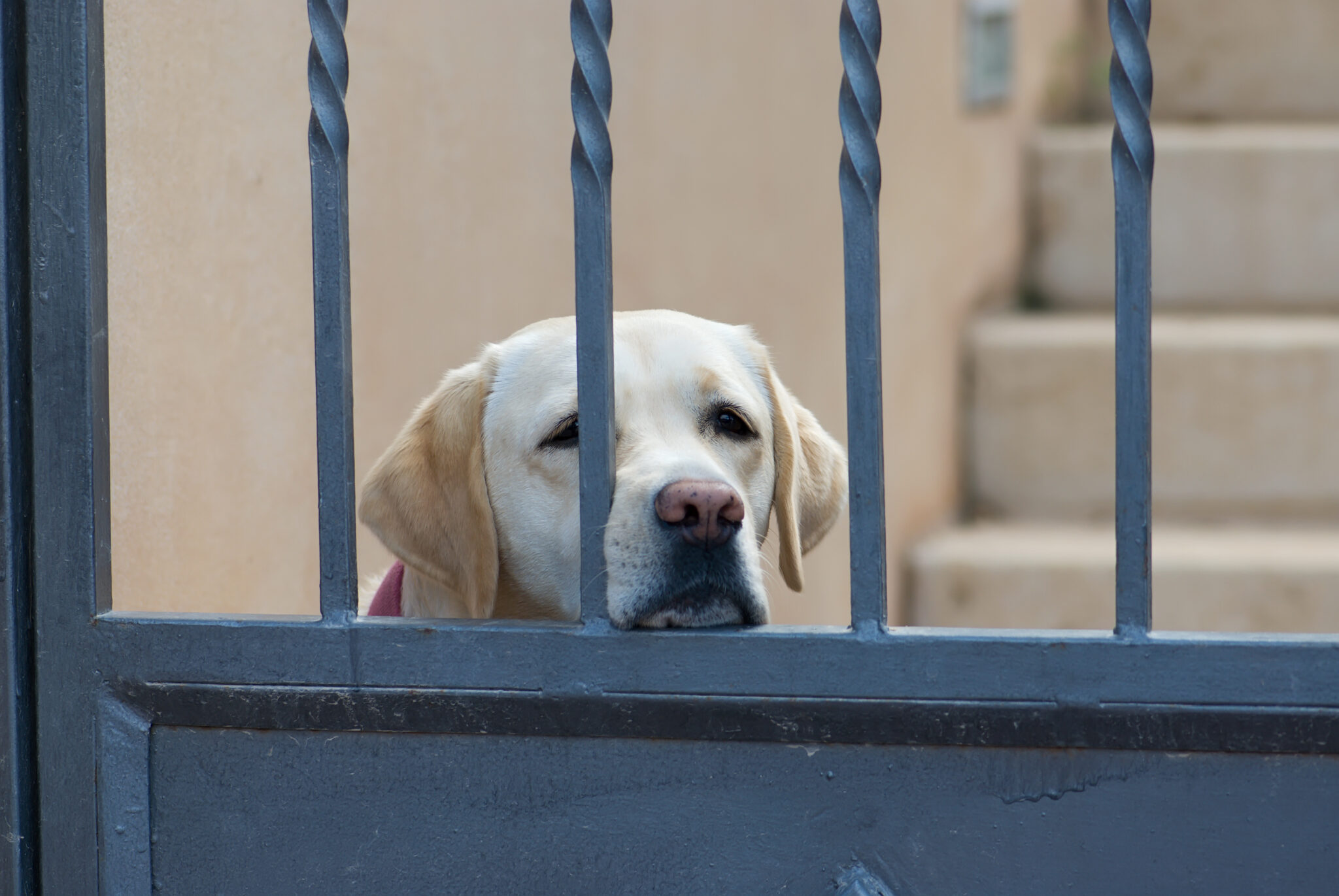 Shutterstock
Shutterstock
Some dogs are simply wary of vertical spaces, and stairs present a unique challenge. While dogs are naturally horizontal creatures, stairs force them to move in a vertical direction, which can feel unnatural and intimidating. The sensation of climbing up or down a vertical space may trigger a mistrust of the staircase, making some dogs hesitant to attempt it. This is particularly true for dogs that are more sensitive or skittish, as the sensation of moving upward or downward can feel unstable or unsafe.
Stairway to… Fear? Why Some Dogs Avoid the Steps
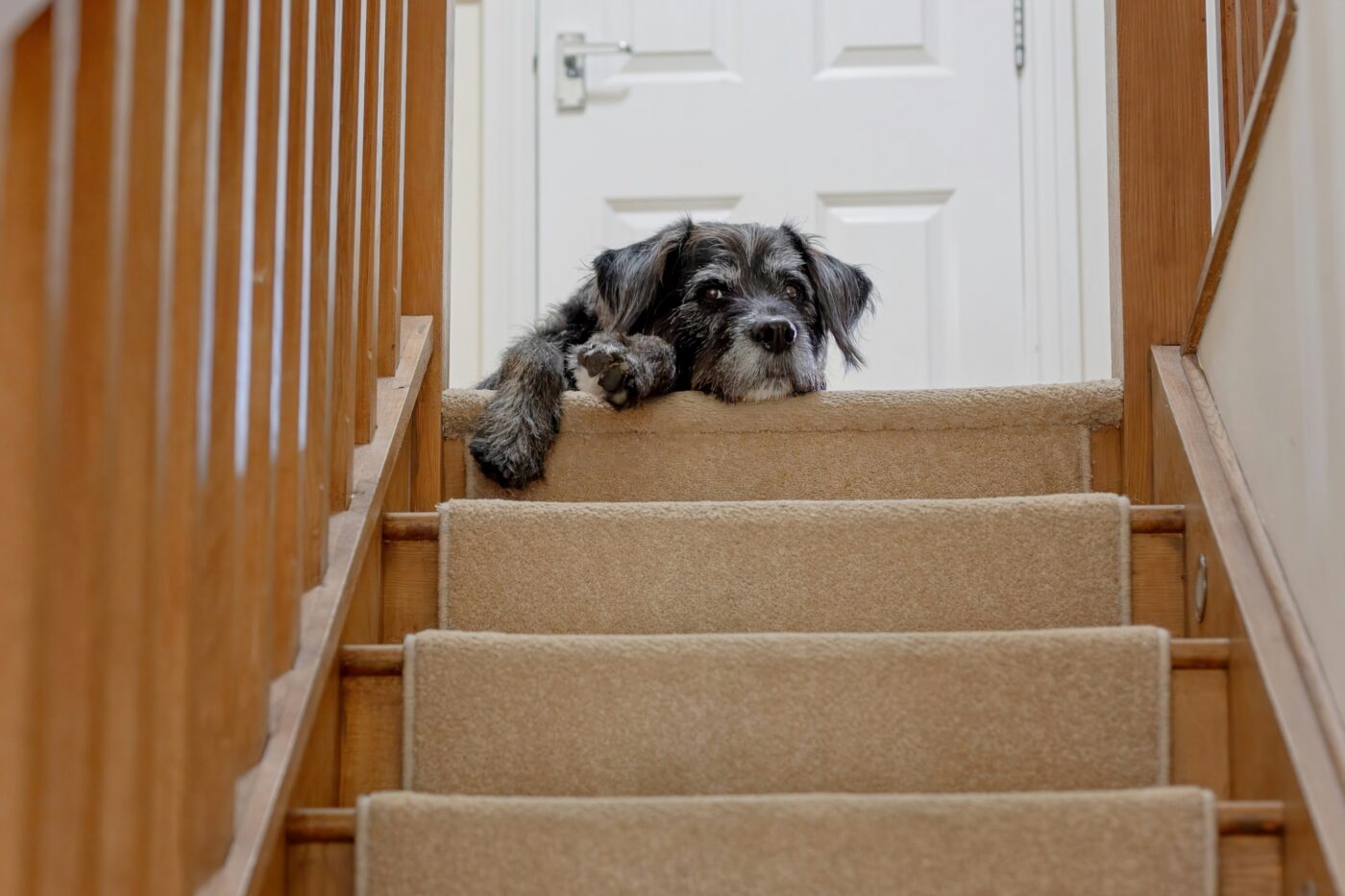 Shutterstock
Shutterstock
Ever watch your dog approach a staircase as if it’s the gateway to another dimension? While some dogs sprint up and down stairs like they’re in an agility competition, others treat it like an unsolvable puzzle. Not every dog is a fan of stairs; for some, it’s more daunting than a fun challenge. So, the next time your dog refuses to budge at the base of the steps, just remember—they’re not being lazy; they’re simply taking a rain check on their stair-climbing adventure!

 1 month ago
13
1 month ago
13

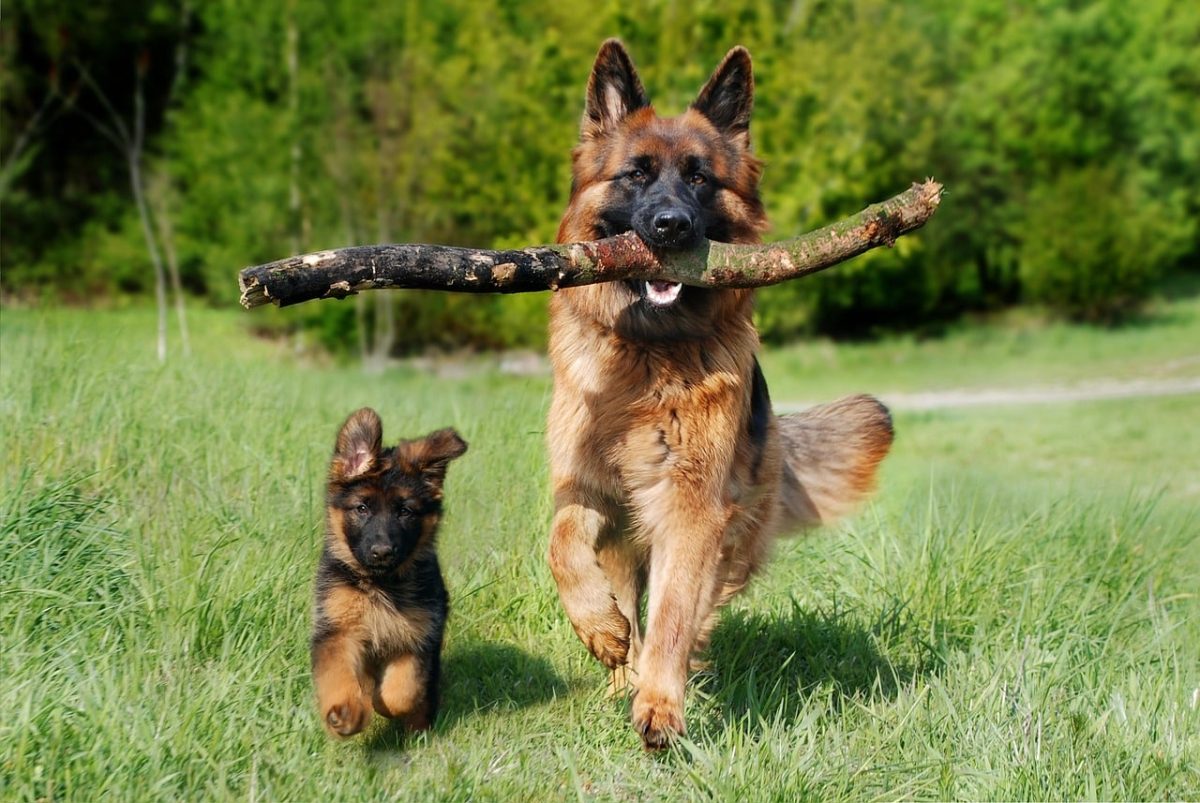

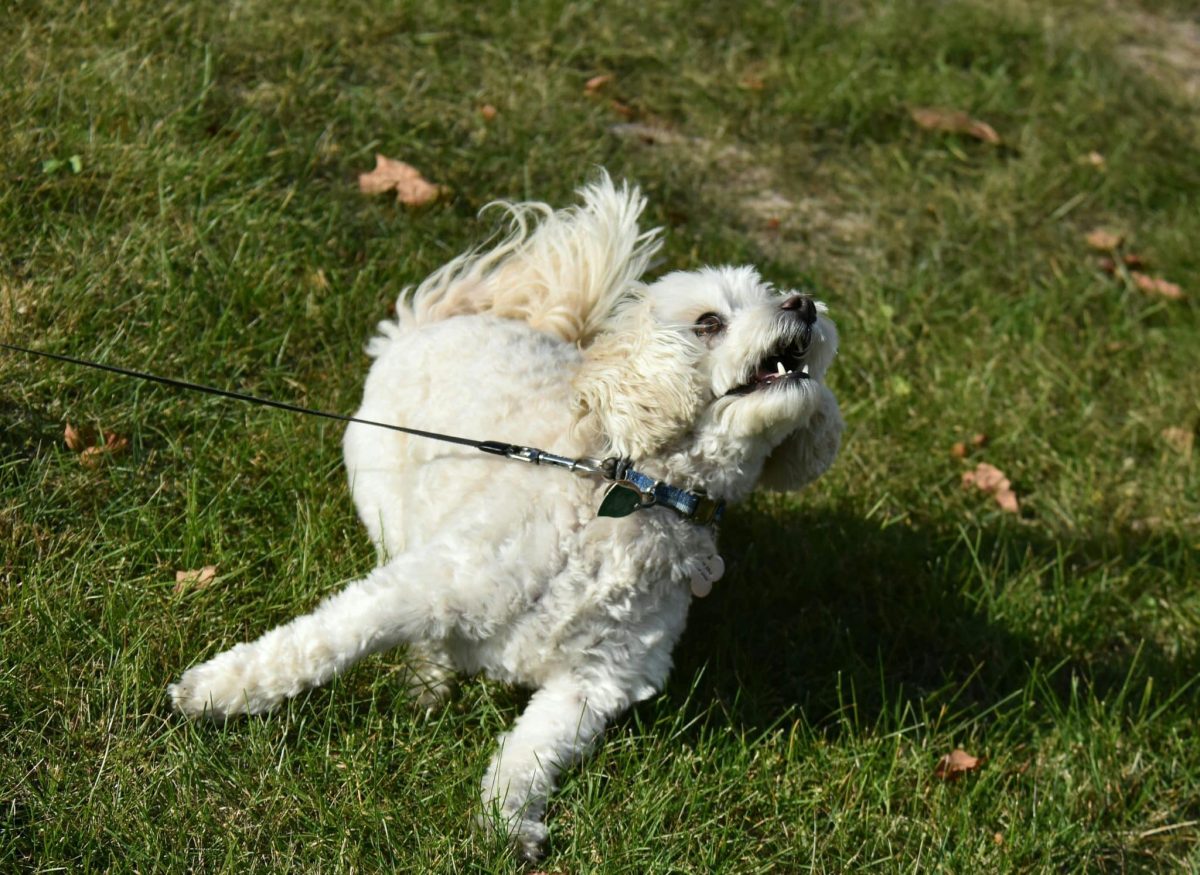

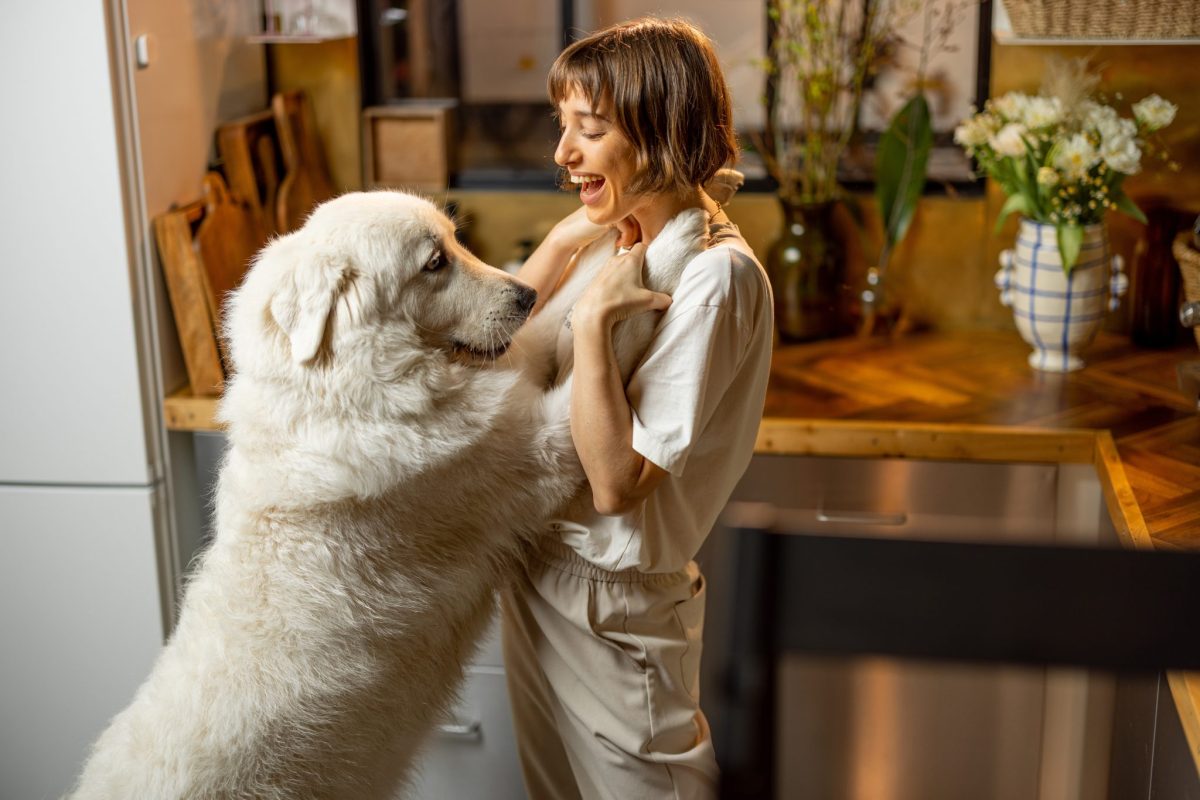

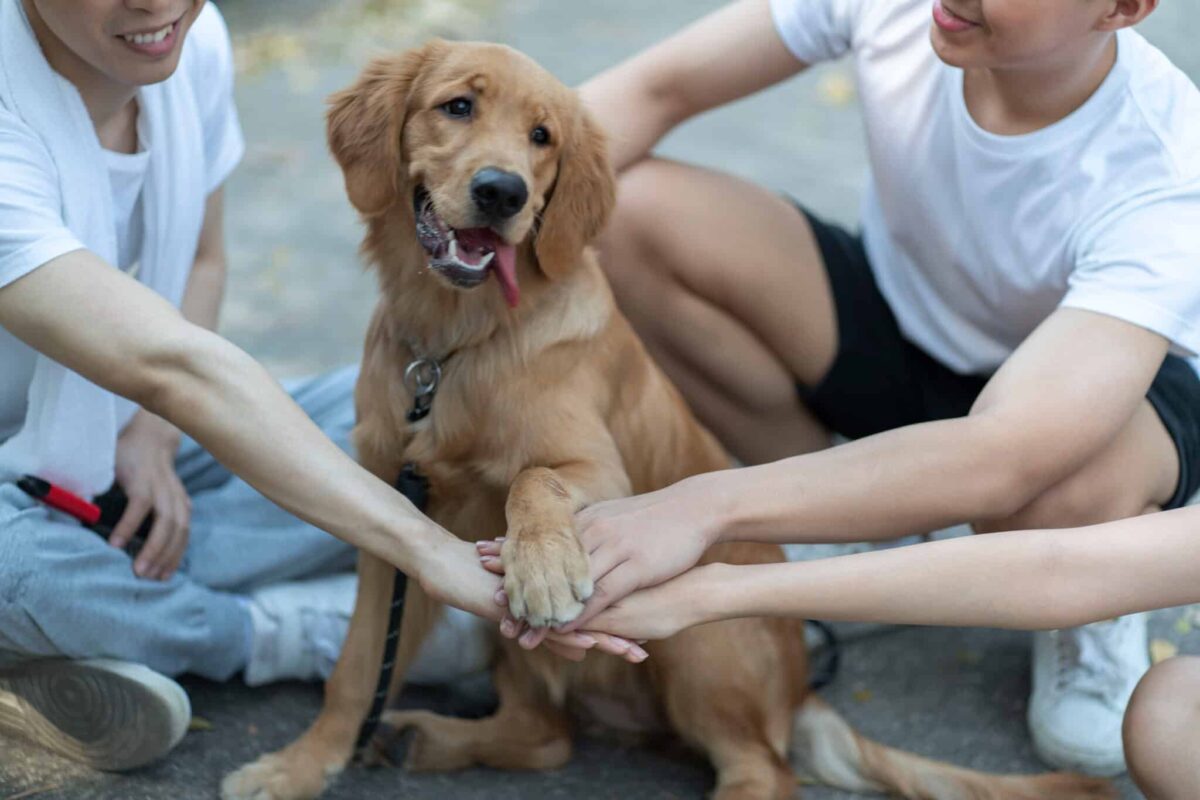



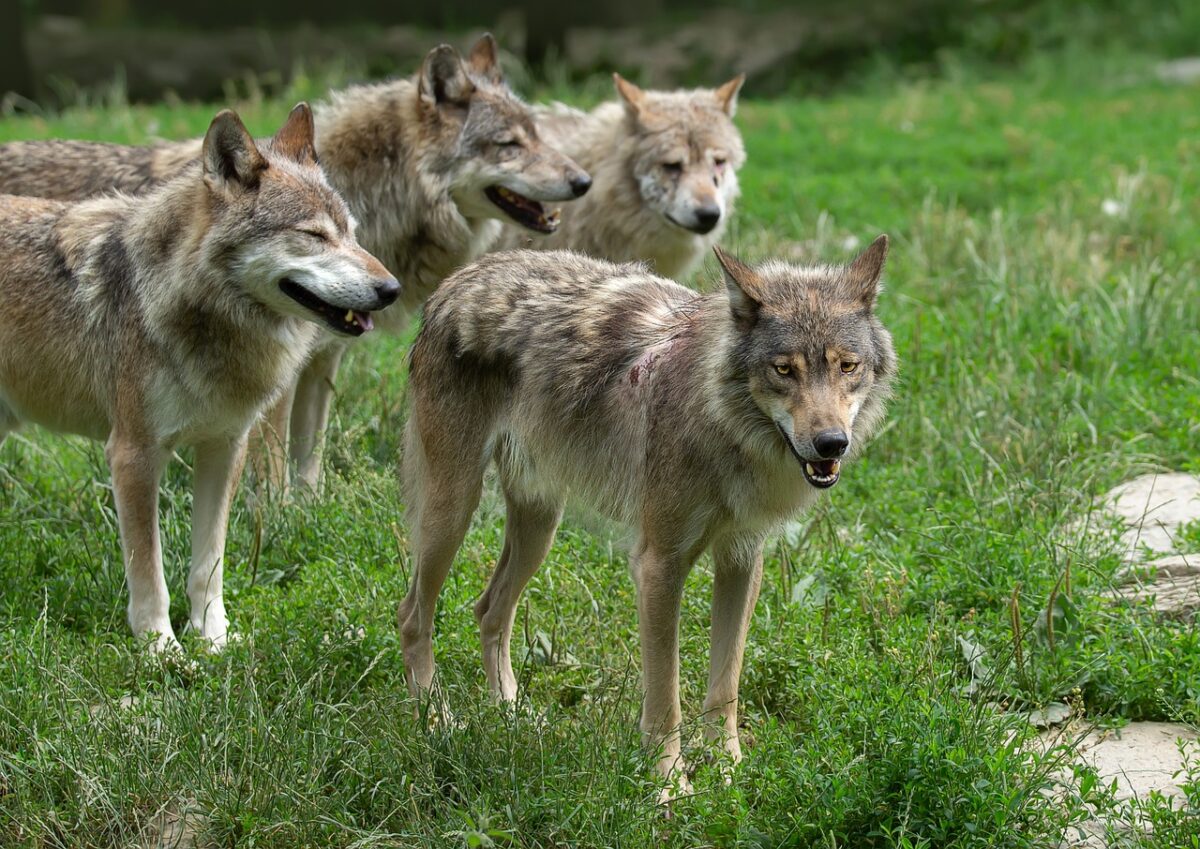
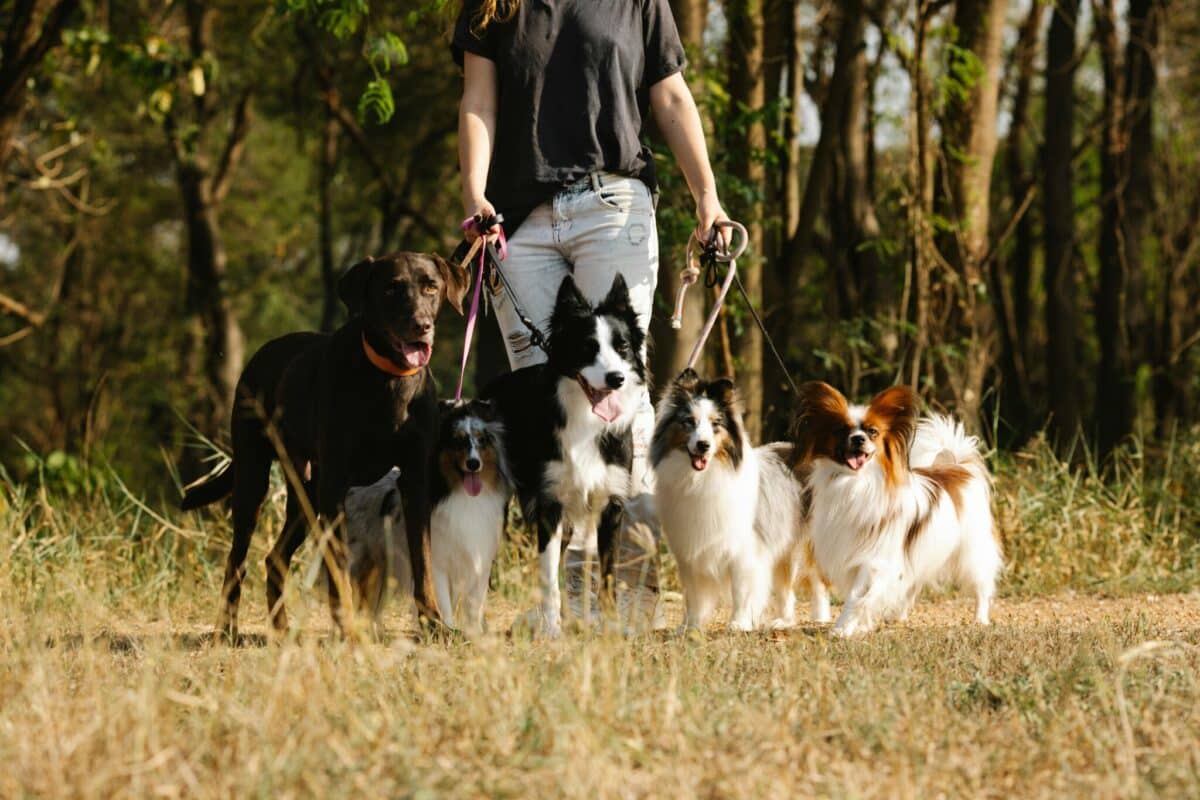




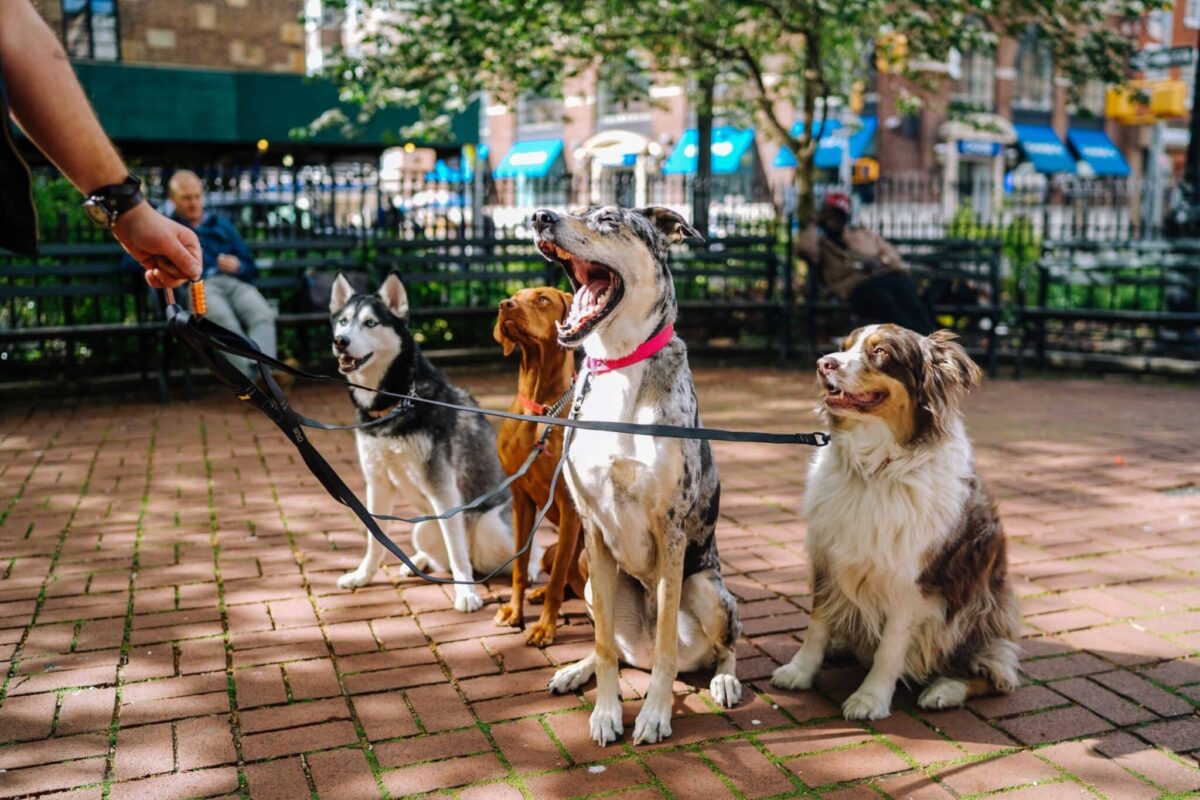
 English (US) ·
English (US) ·